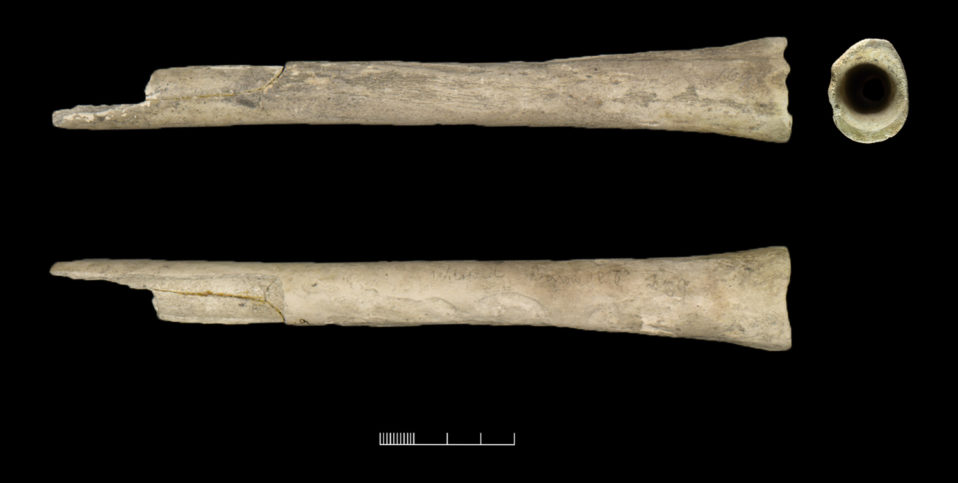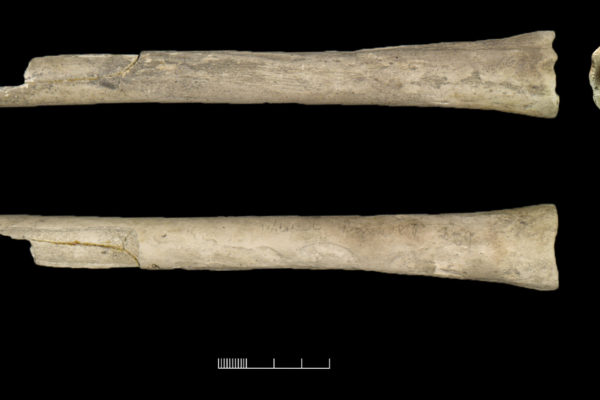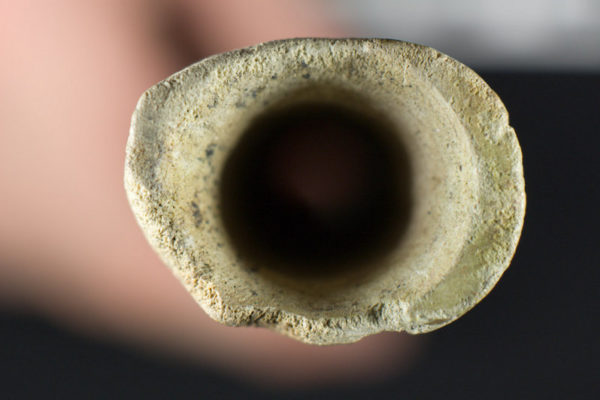Extraneous bits of human bones and cremations are recovered from a variety of Bronze Age sites, including both cemeteries and settlements. The most extraordinary example comprises a human thigh bone that had been worked into a musical instrument which was recovered from an Early Bronze Age grave at Wilsford-cum-Lake, and which is on display at the Wiltshire Museum. A long-standing question is whether these remains represent the end point of a prolonged funerary ritual, where the body is broken down before parts of it are deposited in disparate places, or whether these remains represent the persistent ‘curation’ of parts of the dead among the living. If these bones were already old before they were deposited, do they represent the remains of distant mythical ancestors, or known persons who existed within living memory?
The talk discusses the results of a large-scale programme of radiocarbon dating and microscopic analysis of Bronze Age human remains, including the Wilsford musical instrument, which has addressed some of these questions. The results provide new insight into how Bronze Age communities interacted with their dead, and how identities attached to particular human remains may have given them power among the living.
Dr. Tom Booth is Senior Research Scientist at the Pontus Skoglund Laboratory, Francis Crick Institute and a researcher at the University of Bristol.





